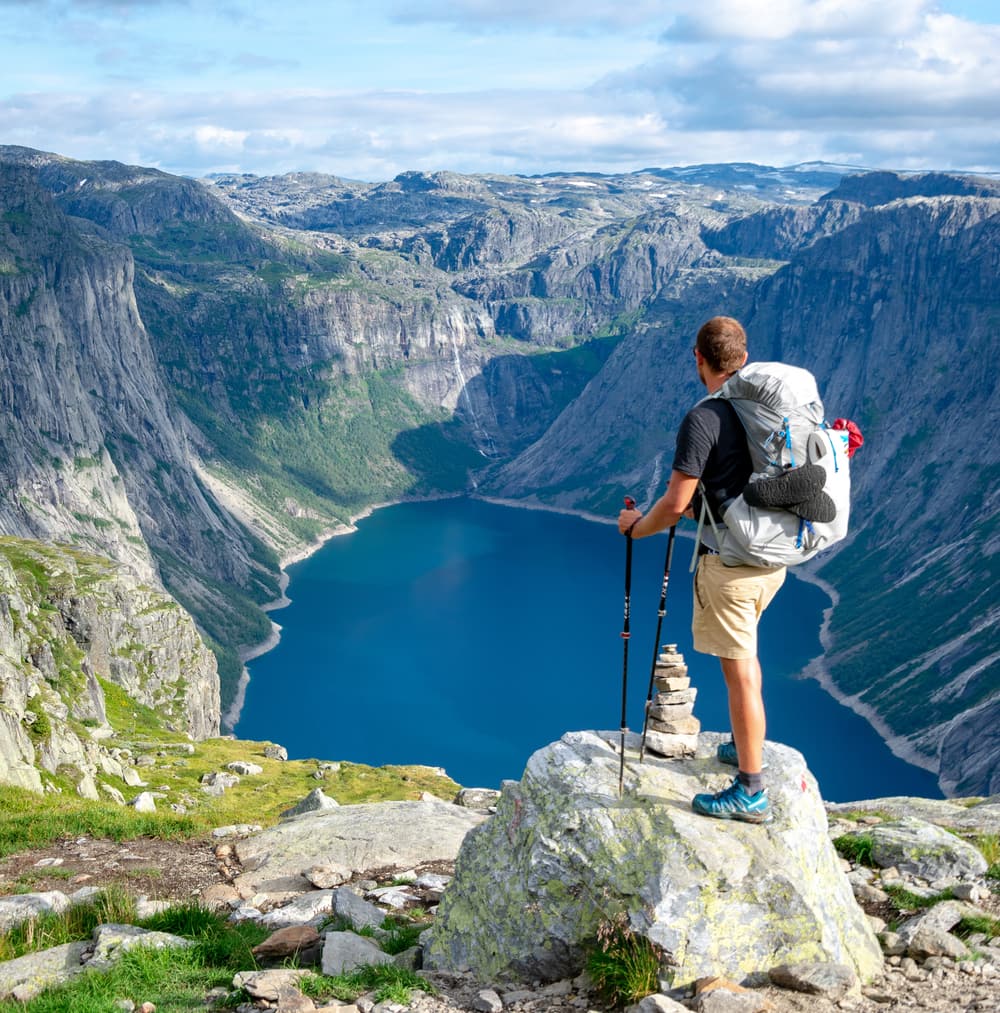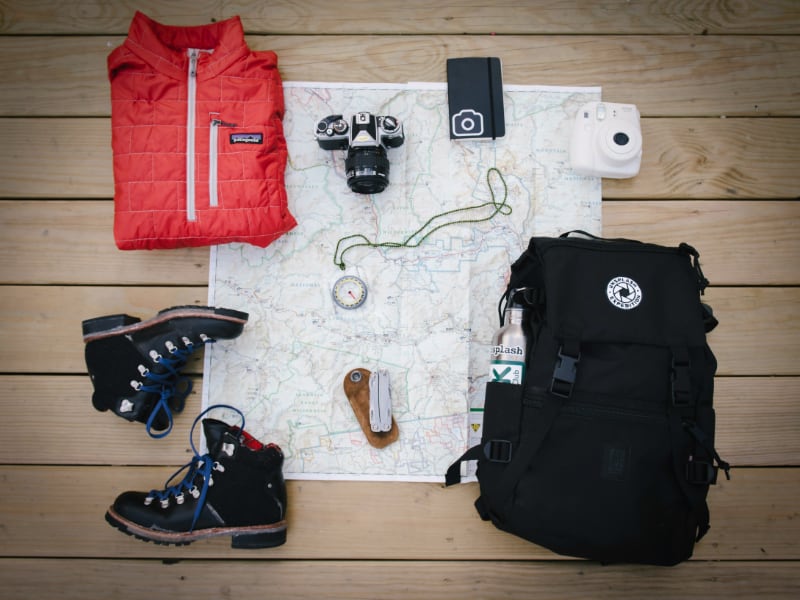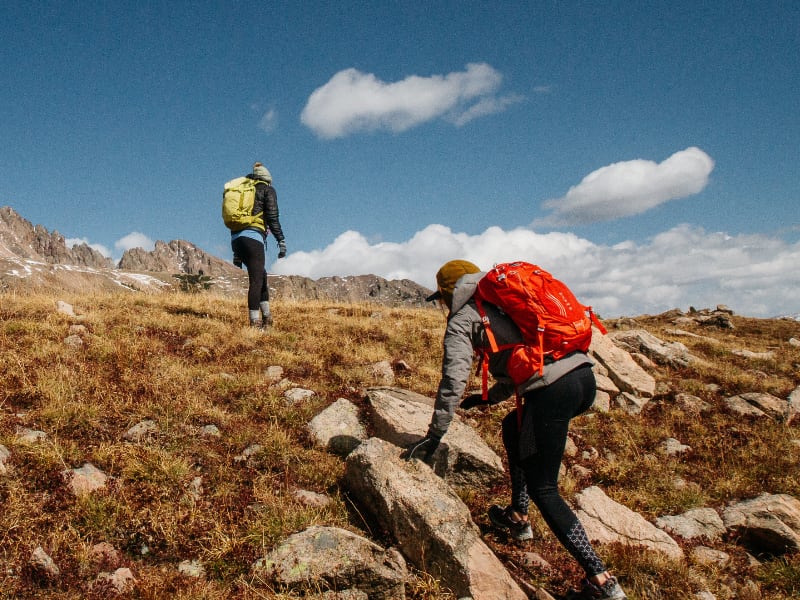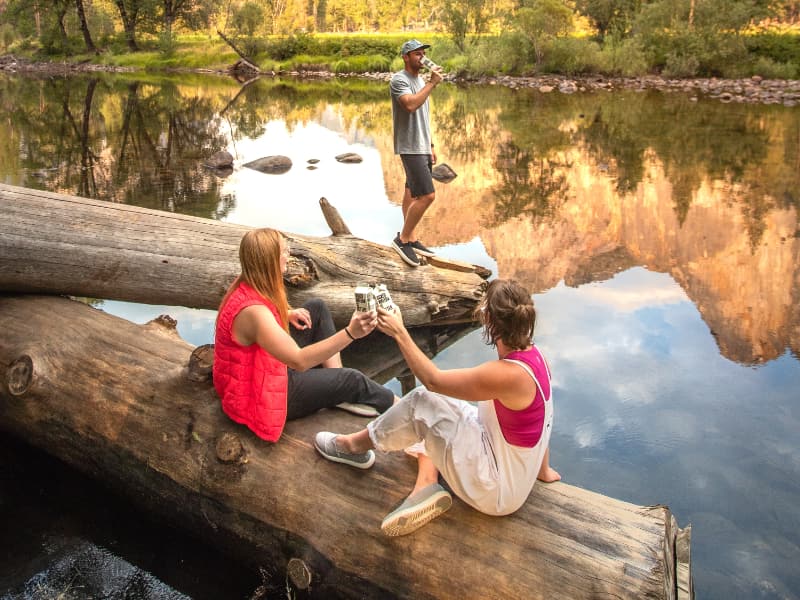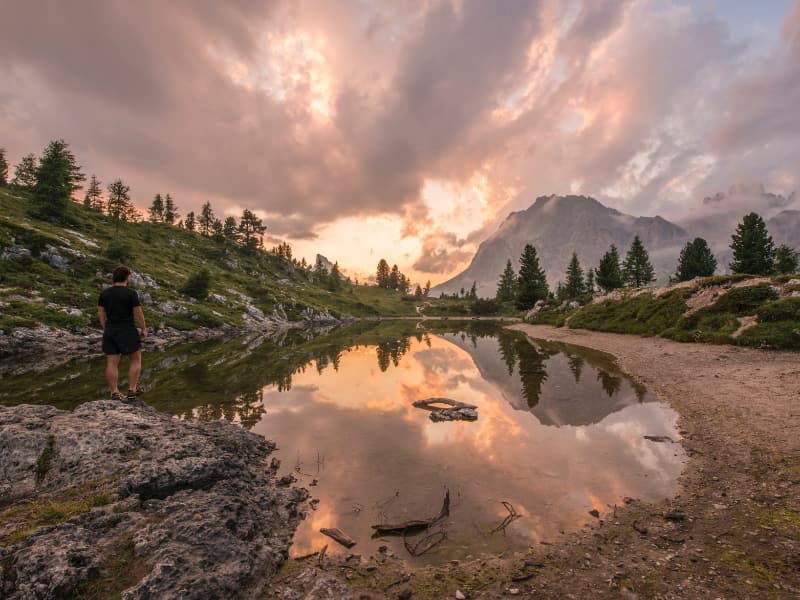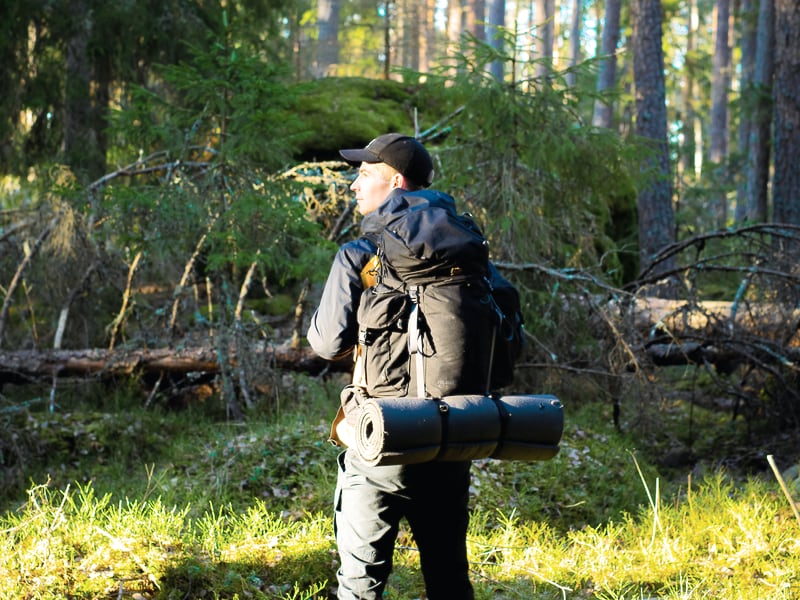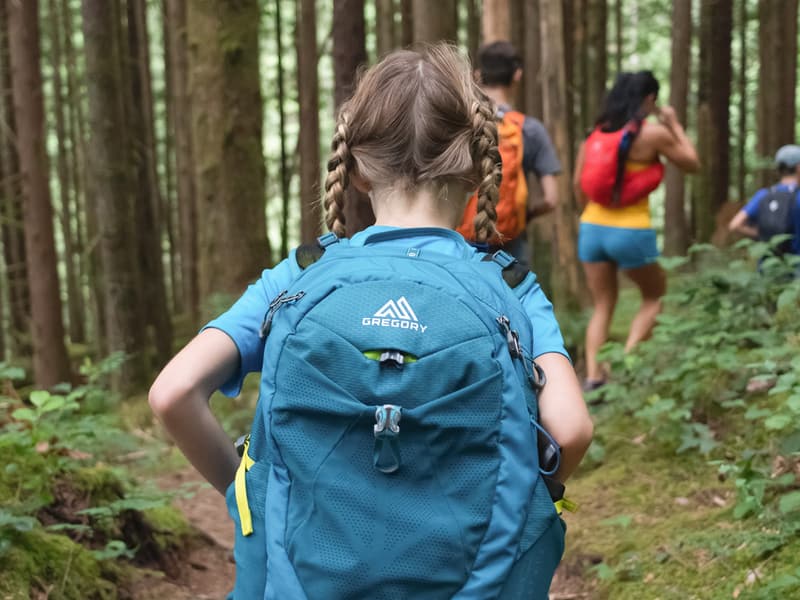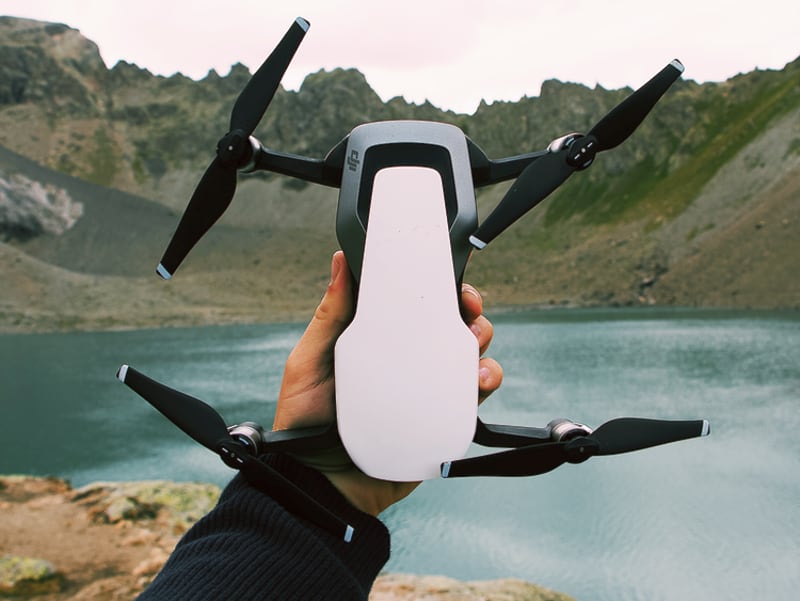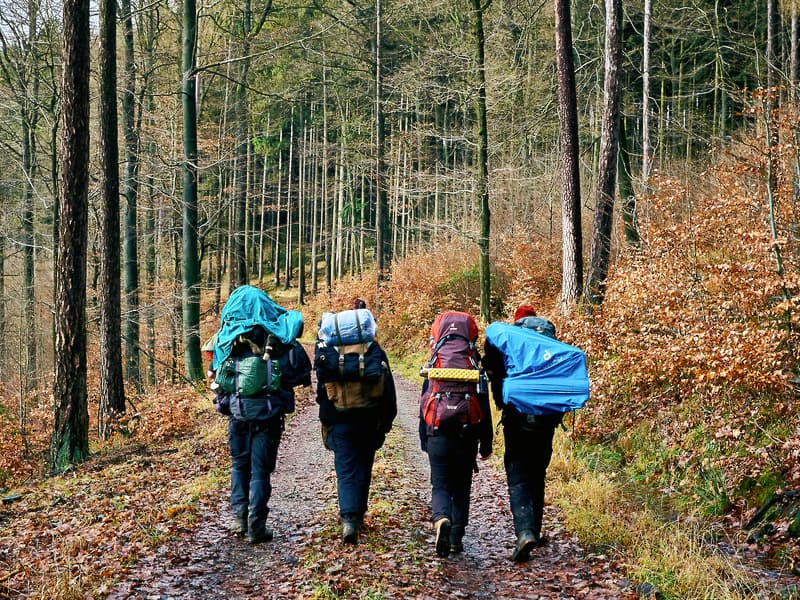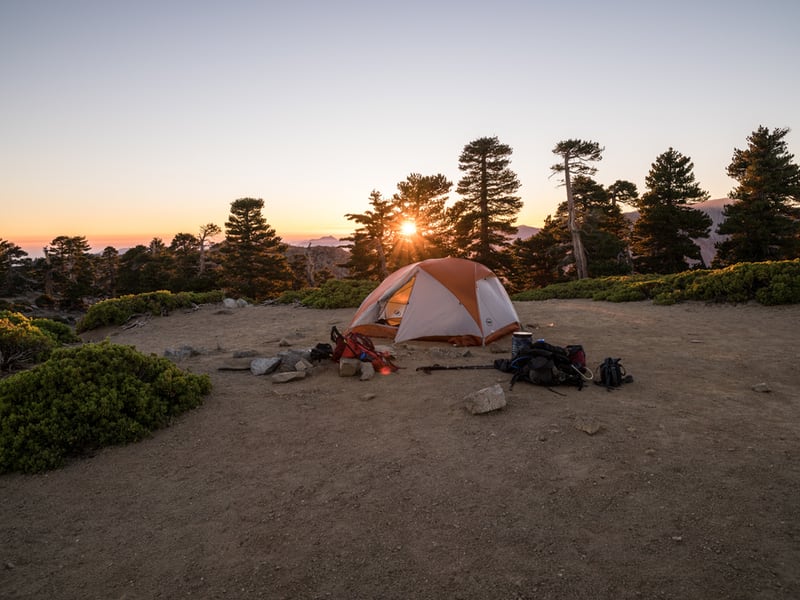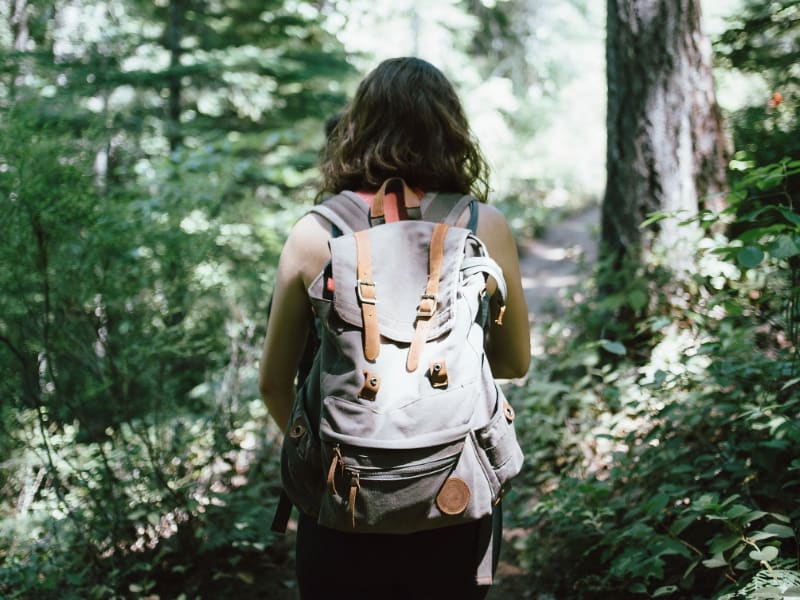Has the call of the wild got you trapped in its siren song? If so, you can indulge your wanderlust and get some heavy-duty exercise by hiking. This pastime has a seemingly endless list of health benefits, from strengthening your immunity to improving your outlook on life.
However, building sufficient muscles and stamina to tackle the biggest mountains takes time. When you exercise, your body creates new capillaries to fuel those new quad and hamstrings with oxygen — but the process requires effort and the right training methods. Here are five tips for building endurance for more difficult hikes.
1. Improve Your Nutritional Intake
You must fuel your body with the proper nutrients for maximum recovery before and after each workout. A light breakfast of eggs, almonds and some whole grain toast with nut butter spread will energise your exercise with long-lasting protein and fibre that keeps you going until lunch.
Another must — staying hydrated. Doing so is particularly important on longer hikes, especially in desert regions without adequate natural sources. Getting dehydrated can mean storing more heat in your skin, as it lacks sufficient water to cool itself through sweating. Drinking up is vital to avoid potential heat-related illnesses.
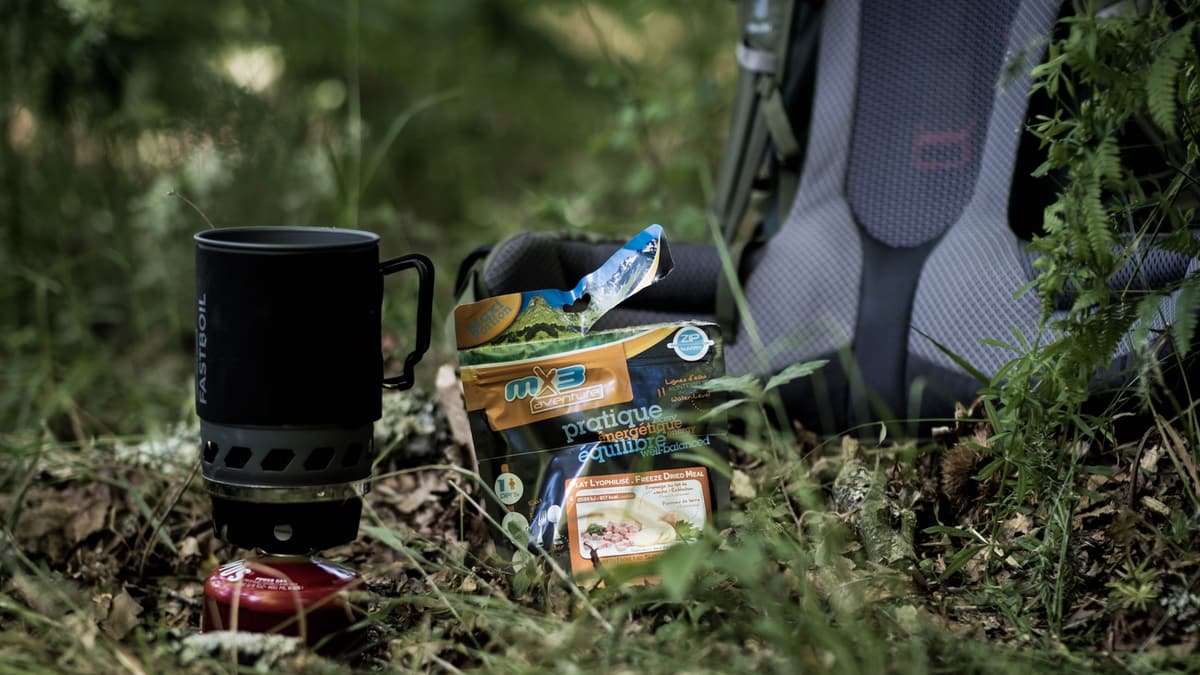
2. Blast Your Quads and Hamstrings
Your main movers for getting up steep hills are your quads and hamstrings. If you’ve been skipping leg day at the gym, it’s time to get back in the squat game. What moves should you perform?
Squats and lunges are musts and don’t require a gym membership or equipment. You can perform either with your body weight, although adding a set of dumbbells or resistance bands can amplify your training intensity.
If you have access to a gym, use the full array of leg equipment. Quad extensions help strengthen the front of your legs and the muscles around your knee. You can perform hamstring curls both seated and lying down to tone the backs of your thighs. Switch up your routine, doing double-legged lifts one day and single-legs the next training day.

3. Train for Altitude
Challenging hikes mean steep climbs — and that means altitude training. How can you do so if you grew up in the stuffy city or along the shore? The best way is to spend some time in a high-altitude environment to let your body adjust to the lower oxygen levels. However, you can also utilise training tips if a trip to the Alps isn’t in your immediate future.
For example, you could try inspiratory muscle training. This technique works on your diaphragm and intercostal muscles to help them expand your lung capacity. You do so by resisting air flow as you inhale. How do you do that? You can invest in a fancy machine or take an ordinary drinking straw and inhale through it a few times a day.
4. Try HIIT
Hiking entails a lot of ups and downs. At points, your heart will pound like you’re sprinting until you reach an easy downhill grade. The best way to prepare for a varied-intensity workout like this is through high intensity interval training (HIIT).
You can perform weighted or bodyweight HIIT. Many fitness facilities have classes, as do many popular workout apps. The exercise gets your heart pumping and blasts major calories in little time, which is helpful if weight loss is on your overflowing agenda. It’s especially beneficial to perform combo moves like thrusters, where you go into a deep squat and rise into an overhead press.
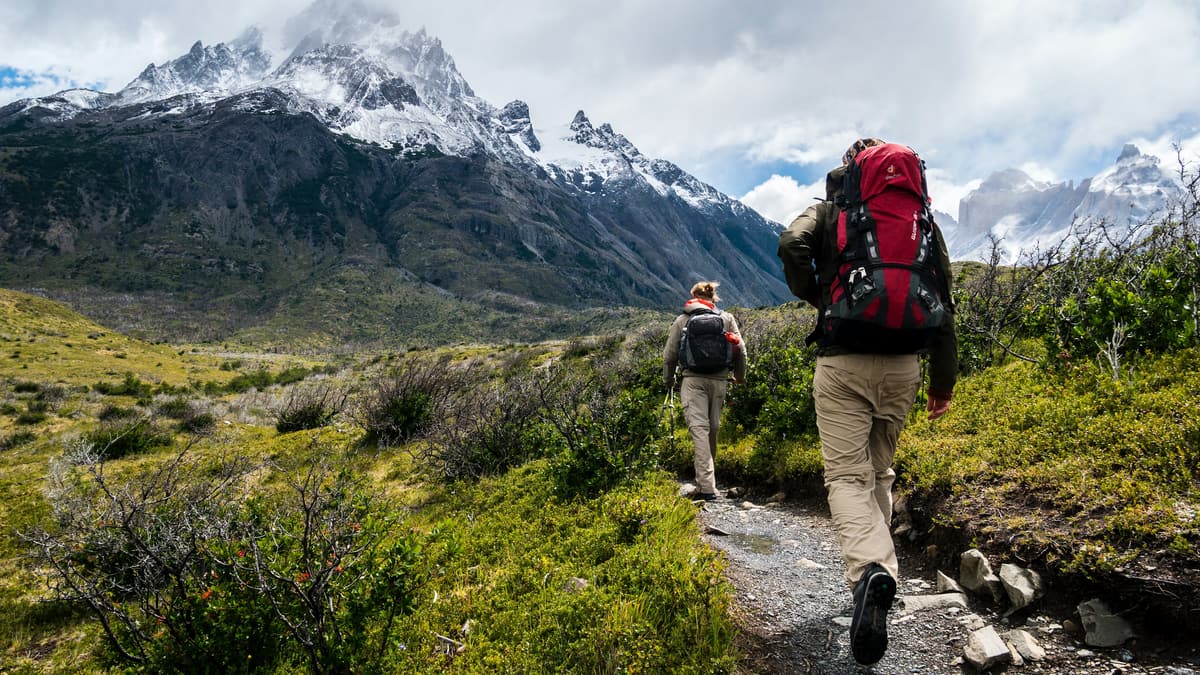
5. Increase Your Hiking Difficulty
The best way to improve at any sport is to practise it. Keep adding more challenging hikes to your itinerary each week.
Many popular hiking areas feature trails of varying difficulty marked with a code system similar to ski slopes. They often use one through five scales that evaluate factors such as overall distance, terrain ruggedness, elevation gain and exposure to heights.
Train Yourself for Challenging Hikes
Hiking is one of the best sports you can do for your overall physical, mental and even spiritual health. Immersing yourself in nature is the perfect cure for many ailments.
Follow the tips above for building endurance for more difficult hikes. It takes time for your body to adapt, but you’ll enjoy your new “mountain goat” nickname once it does.
